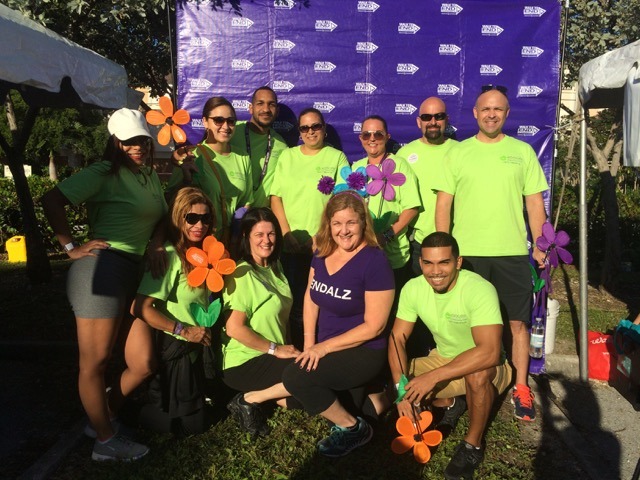With the rising cost of elderly long term care, financial planning is essential to ensuring the ongoing health and well-being of elderly loves ones in your life. Although in-home care is still more affordable than the average $6,235 per month for a semi-private room in a nursing home, families often find themselves searching for the best way to pay for long-term care.
Long term in-home care is often an out-of-pocket expense, meaning the payment is the responsibility of the individual or family. And although Medicare doesn't help families cover their long term care expenses, and Medicaid is often not accepted, there are other options that can help. If you choose to pay out of pocket for care, consider these paths for privately financing senior care:
Long-Term Care Insurance
Long-term care insurance (LTCI) helps pay for costs that private medical insurance does not cover, and minimizes the financial impact of long-term health care needs. In general, long-term care insurance covers the cost of home care, assisted living, adult daycare, respite care, hospice care, nursing home and Alzheimer's care facilities. However, most companies will not insure people with preexisting conditions, so it is best to buy LTCI before health issues arise.
Learn more about long-term care insurance
Life Insurance Policy Conversions: Long Term Care Benefit Plan
Rather than allowing a life insurance policy to lapse, the owner can convert their policy into a Long Term Care Benefit Plan. It is a unique financial option for seniors because it pays for immediate care needs, all health conditions are accepted, and there are no premium payments. There are also no wait periods, care limitations, costs or obligations to apply, and no requirement to be terminally ill. Policy owners have the right to convert an in-force life insurance policy to enroll in this benefit plan, and are able to immediately direct tax-exempt payments to cover specific costs like senior housing and long term care.
Government Funded Long Term Care
Contrary to popular belief, Medicare is not universal health care for people over 65, and it does not cover long-term care costs for seniors. However, Medicaid and the US Department of Veteran Affairs do offer some assistance programs that can help pay for eldercare in certain circumstances. You can also follow some tips to make sure you are making the most of your Social Security benefits.
Learn more about the Veterans Aid & Attendance Program
Reverse Mortgages
A reverse mortgage, also known as a Home Equity Conversion Mortgage, is a special type of home equity loan specifically created for those over the age of 62 to take out a sum of money against the value of their house. Payments can be made as a single lump sum, monthly, or as a line of credit. So long as the amount of money borrowed is spent in the same month, it does not count against Social Security or Medicare benefits.
The best part of a reverse mortgage is that it allows seniors to stay in their homes and still retain the title so that it can be passed on to an heir or estate, protecting precious family memories.
Annuities
Imagine the steady income stream generated from a good stock portfolio without the risk of a bad investment. That basically describes an annuity. In its simplest terms, an annuity is a product sold by insurance companies where the companies invest your funds and then guarantee regular payouts in return. This process generates a regular income stream for as long as your initial investment continues to grow.
There are two types of annuities: immediate and deferred long-term care. When purchasing an immediate annuity, the buyer puts in a single large sum of money, which is then paid out as a specified monthly income determined by the buyer’s initial input, age, and gender. A deferred long-term care annuity works in a similar fashion, but sets up one account just for long-term care expenses and another to use however the buyer wishes. However, this plan is only available up to the age of 85.
Although annuities provide a steady income stream, they can complicate taxes and interfere with Medicare coverage, so consult a financial professional to make sure it is the right fit.
Trusts
Trusts provide flexible control over sheltered assets. Although many types of trusts exist, a charitable remainder trust is a good option for those who want to use private income to pay for services while greatly diminishing their tax burden by contributing to a charity of their choice. However, the amount of funds available for financing care directly depends on the size of the donation, so careful financial planning is necessary to validate the trust.
No matter how you decide to pay for care, know that it is best to start planning early. At American In-Home Care, we can help you assess all of your financial options, and will work with you directly to ensure you receive the best care for your family. Contact us today at 1-844-505-0004 to schedule a free in-home consultation with your local Client Care Liaison.



